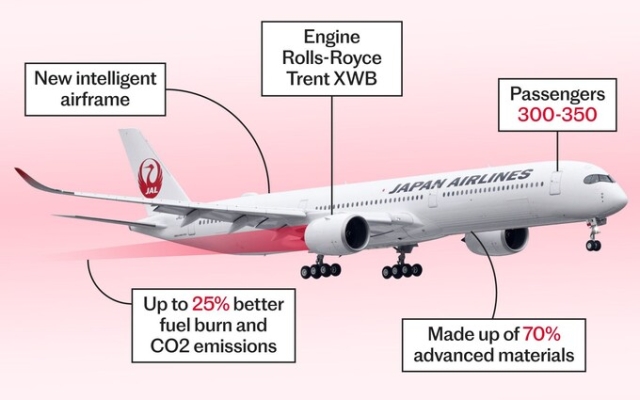
The evacuation of all passengers on the Japan Airlines plane, which collided with a smaller plane on Tuesday, seemed all the more miraculous because of the footage that emerged hell.
However, industry officials say the incident is more than just luck, but proof of how modern materials and strict fire safety regulations can protect passengers.
Incident at Haneda Airport in Tokyo. This is the first time an Airbus A350 has been destroyed in an accident.
The model is the manufacturer's first passenger aircraft built primarily from carbon fiber composites.
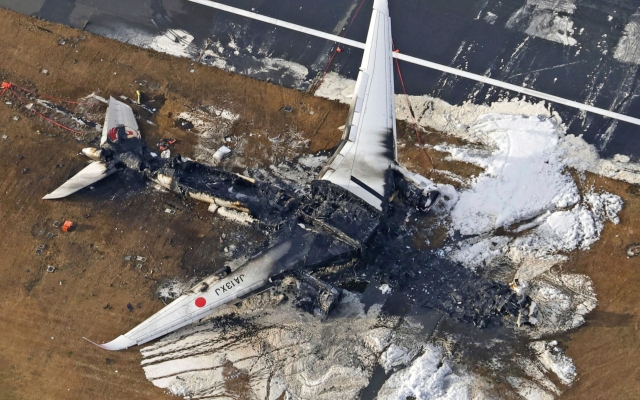 Burnt wreckage of a Japan Airlines plane at the airport Haneda Photo: Kyodo News/AP
Burnt wreckage of a Japan Airlines plane at the airport Haneda Photo: Kyodo News/AP  Photo: Richard A. Brooks/AFP
Photo: Richard A. Brooks/AFP
“This is a watershed moment for aviation safety,” says Andreas Speth, aviation journalist and co-host of a podcast dedicated to the historic aircraft. a failure occurs.
“It was a plane that was absolutely full. So to see everyone escape safely is a miracle.
“Even then, it was quite a while before there was a big fire. We've never seen a carbon fiber fuselage burn. And the structure held up very well.”
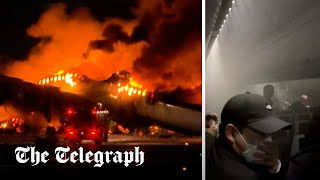
The twin-engine, twin-aisle A350 aircraft has been in commercial service since 2015. According to Airbus, it is used by several international carriers for long-haul flights. There are more than 570 in operation worldwide, according to Airbus.
Japan Airlines operates about 16 of the shorter A350-900 aircraft.
Airbus says the A350 family uses «lightweight, high-strength materials» to reduce weight and improve fuel efficiency. These carbon fiber composites make up up to 54 percent of the entire frame, including wings reinforced with titanium and other metal alloys.
Like all aircraft, these materials must also meet strict safety standards that give passengers 90 seconds. escape in the event of a fire.
The A350 involved in Tuesday's collision landed at Haneda Airport at approximately 5:45 p.m. local time and then collided with the coast guard plane as it was landing.
< p>At this moment, a large, bright orange flash is visible in the footage.
The A350 then continues to slide forward, with fire and smoke billowing from it, before coming to a stop, leaning forward and resting on its nose.
Five The collision killed those on board the Coast Guard aircraft.
Separate footage of the incident shows smoke filling the cabin and passengers escaping through inflatable slides protruding from the sides of the plane, while the orange glow of fire can be seen under at least one of the wings.
“This was the very first accident or fire of a new type of carbon fiber aircraft,” explains Spaeth.
“There’s the Boeing 787 and there’s the A350, which is built with carbon fiber instead of aluminum. Inside, they also use the latest materials for seat covers, wall coverings, carpets and everything in between.
“We have very strict standards today, and of course, you usually never see in real life how these materials actually behave in a large fire, so this was very much a confirmation that the standards actually do what should, delaying the spread of fire.
“We saw many cases in the 1980s and 90s when an airplane caught fire, it almost always spread very quickly.
“But if you look today, it takes a surprisingly long time before the entire plane catches fire.»
Jan-Arved Richter, founder and head of the JACDEC Aviation Safety Bureau in Germany, agrees: “Every modern aircraft is designed, manufactured and certified to allow a safe evacuation inside 90 seconds. Today's accident proved that this concept works.» Steve Ganyard, a former US Marine Corps fighter pilot and aviation expert, added on ABC News: «I think it comes down to human error. The plane did its job here.”
Many experts also praised the flight attendants on board the Japan Airlines plane for quickly getting passengers off without taking their bags.
Dai Whittingham , the chief executive of the UK Air Safety Committee member told Sky News: «It's a wonderful result and I think there are people who are particularly lucky today.»
«The point here is really important: at least if it happens to you, you have a chance and one priority: get out of here.”


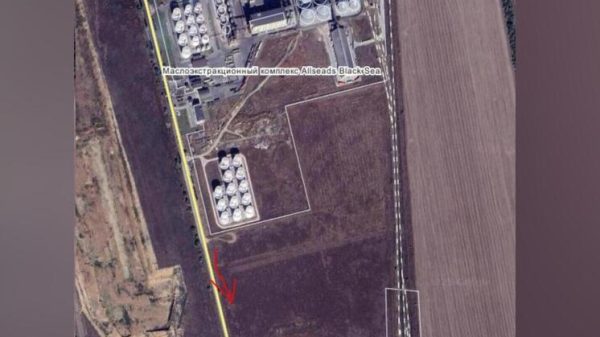




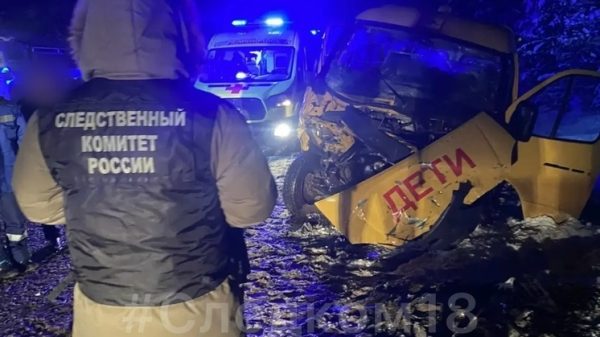
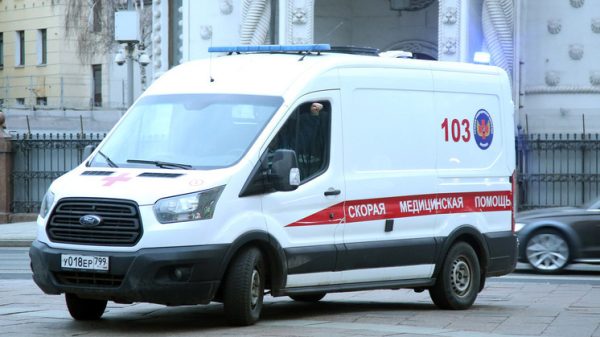








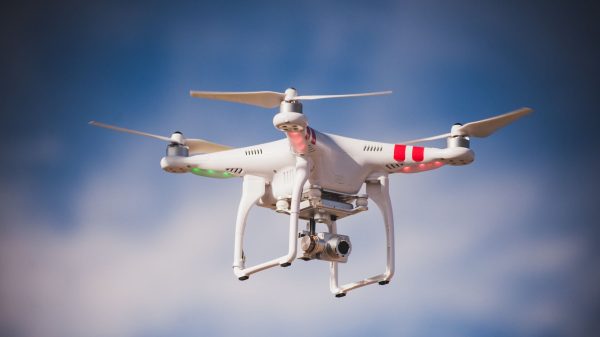
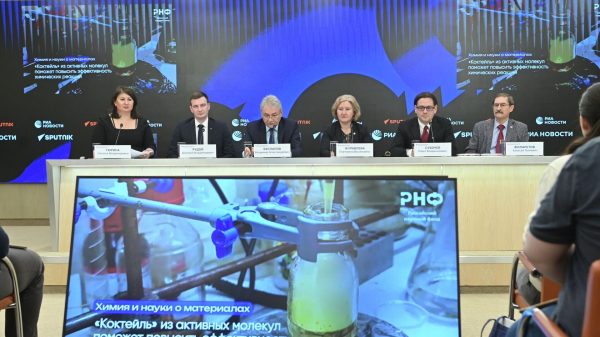















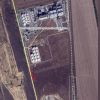
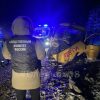

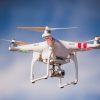
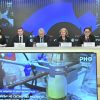









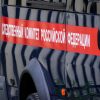
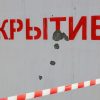


Свежие комментарии